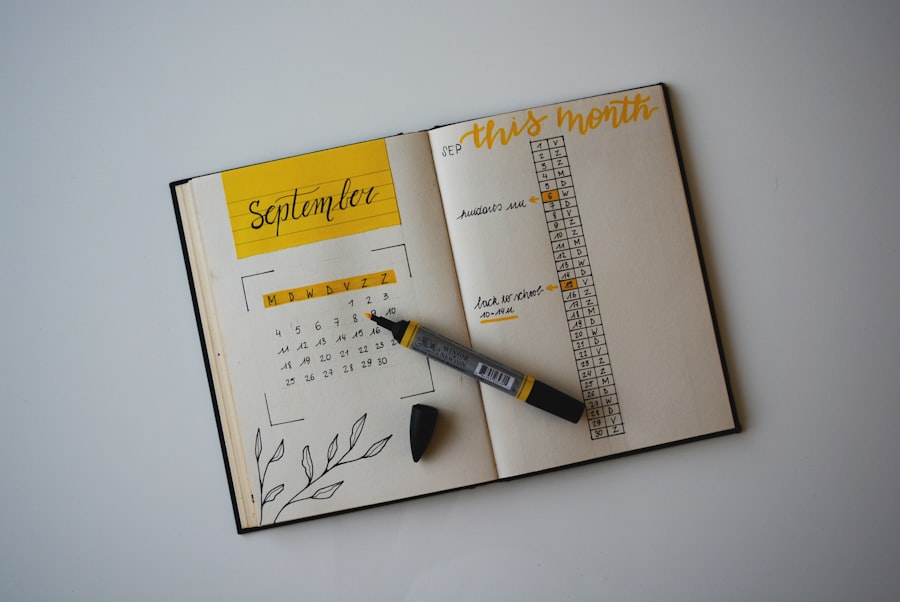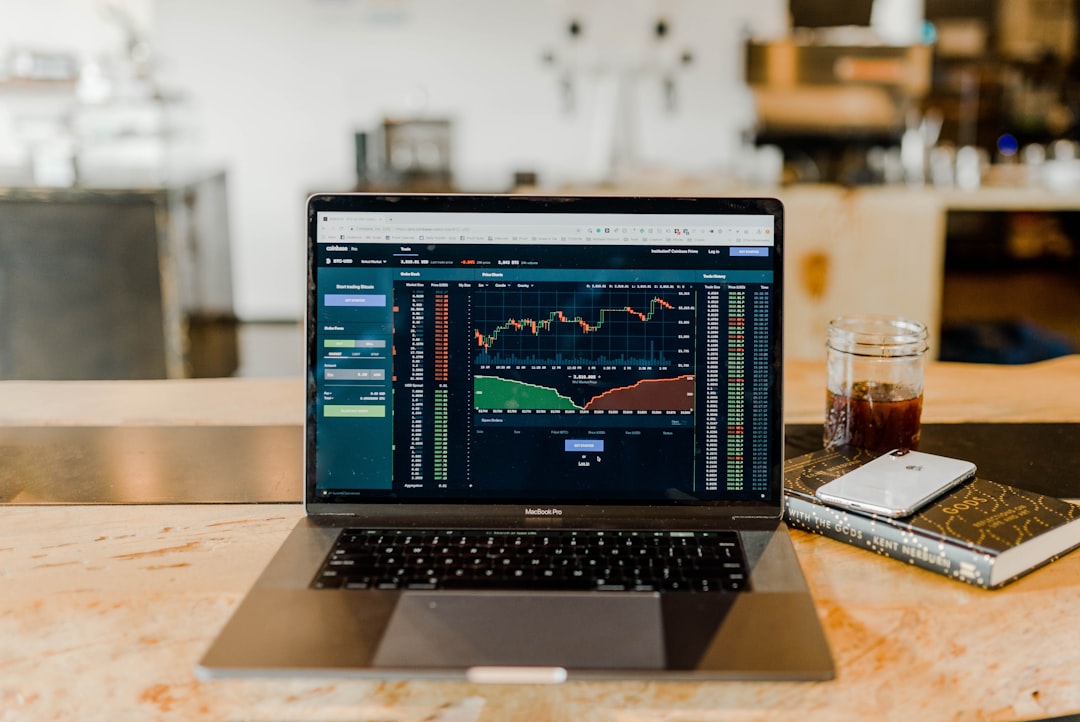In the digital age, personal finance management has evolved significantly, with technology playing a pivotal role in how individuals handle their financial affairs. Personal finance apps have emerged as essential tools that empower users to take control of their financial health. These applications offer a range of features designed to simplify budgeting, track expenses, and facilitate savings, making them indispensable for anyone looking to improve their financial literacy and management skills.
With the proliferation of smartphones and tablets, these apps have become more accessible than ever, allowing users to manage their finances on the go. The rise of personal finance apps can be attributed to the increasing complexity of financial products and the growing need for individuals to understand their financial situations better. Traditional methods of managing finances, such as pen-and-paper budgeting or spreadsheets, often fall short in providing real-time insights and convenience.
Personal finance apps bridge this gap by offering intuitive interfaces and powerful analytics that help users visualize their spending habits, set financial goals, and make informed decisions. As a result, these apps not only enhance financial awareness but also promote healthier financial behaviors.
Key Takeaways
- Personal finance apps help individuals manage their finances, track expenses, set goals, invest, monitor credit scores, and pay bills.
- Tracking expenses and budgeting features in personal finance apps help users understand their spending habits and create a budget to manage their money effectively.
- Setting financial goals and saving features in personal finance apps assist users in setting and achieving financial goals, as well as saving money for emergencies or future expenses.
- Investing and retirement planning tools in personal finance apps provide users with the ability to invest in stocks, bonds, and retirement accounts to grow their wealth for the future.
- Credit score monitoring and improvement features in personal finance apps allow users to track their credit scores and take steps to improve their creditworthiness.
- Bill payment and financial reminders in personal finance apps help users stay on top of their bills and financial obligations, avoiding late fees and penalties.
- Security and privacy features in personal finance apps ensure that users’ financial information is protected from unauthorized access and fraud.
- When choosing a personal finance app, it’s important to consider the features that are most important to you, such as budgeting, investing, or bill payment, as well as the app’s security and privacy measures.
Tracking Expenses and Budgeting
One of the primary functions of personal finance apps is expense tracking, which allows users to monitor their spending patterns in real time. By linking bank accounts and credit cards to the app, users can automatically categorize transactions, providing a clear overview of where their money is going. This feature is particularly beneficial for individuals who struggle with overspending or those who wish to identify areas where they can cut back.
For instance, a user might discover that they are spending excessively on dining out or entertainment, prompting them to adjust their budget accordingly. Budgeting tools within these apps further enhance the user experience by enabling individuals to set specific spending limits for various categories. Many apps offer customizable budget templates that cater to different lifestyles and financial goals.
Users can allocate funds for necessities such as groceries and housing while also designating amounts for discretionary spending. The ability to receive alerts when nearing budget limits helps users stay accountable and encourages them to make more mindful spending choices. This proactive approach to budgeting fosters a sense of control over one’s finances, ultimately leading to improved financial stability.
Setting Financial Goals and Saving

Personal finance apps excel in helping users set and achieve financial goals, whether short-term or long-term. Users can define specific objectives, such as saving for a vacation, purchasing a home, or building an emergency fund. The app then provides tailored recommendations on how much to save each month to reach these goals within a desired timeframe.
This feature not only motivates users but also instills a sense of purpose in their saving efforts. Moreover, many personal finance apps incorporate savings tools that facilitate automatic transfers to savings accounts. For example, users can set up rules that round up their purchases to the nearest dollar and transfer the difference into a savings account.
This “save the change” approach allows users to accumulate savings effortlessly without feeling the pinch of setting aside larger amounts. Additionally, some apps offer visual progress trackers that display how close users are to achieving their goals, further reinforcing positive saving behaviors.
Investing and Retirement Planning
| Metrics | 2019 | 2020 | 2021 |
|---|---|---|---|
| Number of Retirement Accounts | 10,000 | 12,000 | 15,000 |
| Investment Returns (%) | 5.2 | 4.8 | 6.0 |
| Retirement Age (years) | 65 | 66 | 67 |
As individuals become more financially literate, many personal finance apps have expanded their functionalities to include investment tracking and retirement planning features. Users can link their investment accounts to the app, allowing them to monitor portfolio performance in real time. This integration provides a comprehensive view of one’s financial landscape, enabling users to make informed decisions about asset allocation and diversification.
Retirement planning tools within these apps often include calculators that estimate how much users need to save for retirement based on their current savings, expected expenses, and desired retirement age. By inputting various parameters, users can visualize different scenarios and adjust their savings strategies accordingly. Some apps even offer personalized investment recommendations based on risk tolerance and financial goals, making it easier for novice investors to navigate the complexities of the stock market.
Credit Score Monitoring and Improvement
Understanding one’s credit score is crucial for achieving financial goals such as securing loans or obtaining favorable interest rates. Many personal finance apps now include credit score monitoring features that allow users to track their credit scores over time. By providing insights into the factors affecting their scores—such as payment history, credit utilization, and length of credit history—these apps empower users to take actionable steps toward improving their creditworthiness.
In addition to monitoring scores, some apps offer personalized tips for enhancing credit health. For instance, users may receive recommendations on reducing credit card balances or diversifying their credit mix. Furthermore, alerts about changes in credit scores or new inquiries can help users stay informed about their credit status and take proactive measures if necessary.
This level of transparency fosters a greater understanding of credit management and encourages responsible borrowing practices.
Bill Payment and Financial Reminders

Managing bills can be a daunting task for many individuals, often leading to late payments and unnecessary fees. Personal finance apps address this challenge by offering bill payment features that streamline the process. Users can input their recurring bills into the app, which then sends reminders when payments are due.
This functionality not only helps prevent late fees but also ensures that users maintain a positive payment history—an essential factor in building good credit. Some apps take it a step further by allowing users to pay bills directly through the platform. By linking bank accounts or credit cards, users can automate bill payments, ensuring that they are paid on time without requiring manual intervention each month.
Additionally, tracking bill payments within the app provides insights into monthly expenses, helping users budget more effectively.
Security and Privacy Features
As personal finance apps handle sensitive financial information, security and privacy are paramount concerns for users. Reputable apps employ robust security measures such as encryption protocols and two-factor authentication to protect user data from unauthorized access. These features ensure that even if a device is compromised, sensitive information remains secure.
Moreover, many personal finance apps provide transparency regarding data usage and privacy policies. Users are often given control over what information they share with the app and how it is used. Some apps allow users to opt out of data sharing with third parties for marketing purposes, reinforcing trust between the user and the app provider.
By prioritizing security and privacy, these applications create a safe environment for users to manage their finances without fear of data breaches or identity theft.
Choosing the Right Personal Finance App for You
With a plethora of personal finance apps available on the market, selecting the right one can be overwhelming. It is essential for users to consider their specific financial needs and preferences when evaluating different options. For instance, someone primarily focused on budgeting may prioritize an app with robust expense tracking features, while an individual interested in investing might seek an app that offers comprehensive investment tools.
Additionally, user experience plays a significant role in app selection. A well-designed interface that is easy to navigate can enhance user engagement and make financial management less daunting. Reading user reviews and exploring app ratings can provide valuable insights into the functionality and reliability of different applications.
Ultimately, finding the right personal finance app involves balancing features with usability to ensure it aligns with one’s financial goals and lifestyle. In conclusion, personal finance apps have revolutionized how individuals manage their finances by providing tools for tracking expenses, setting goals, investing wisely, monitoring credit scores, managing bills, ensuring security, and ultimately empowering users to take charge of their financial futures. As technology continues to advance, these applications will likely evolve further, offering even more sophisticated features that cater to the diverse needs of users across various demographics.
If you are looking for a personal finance app to help you save money and stick to a budget, you may want to check out Valapoint’s Simple Savings app. This app offers a user-friendly interface and helpful tools to track your expenses and set savings goals. For more information on how to effectively manage your finances, you can also read Valapoint’s article on budget planner apps here.


